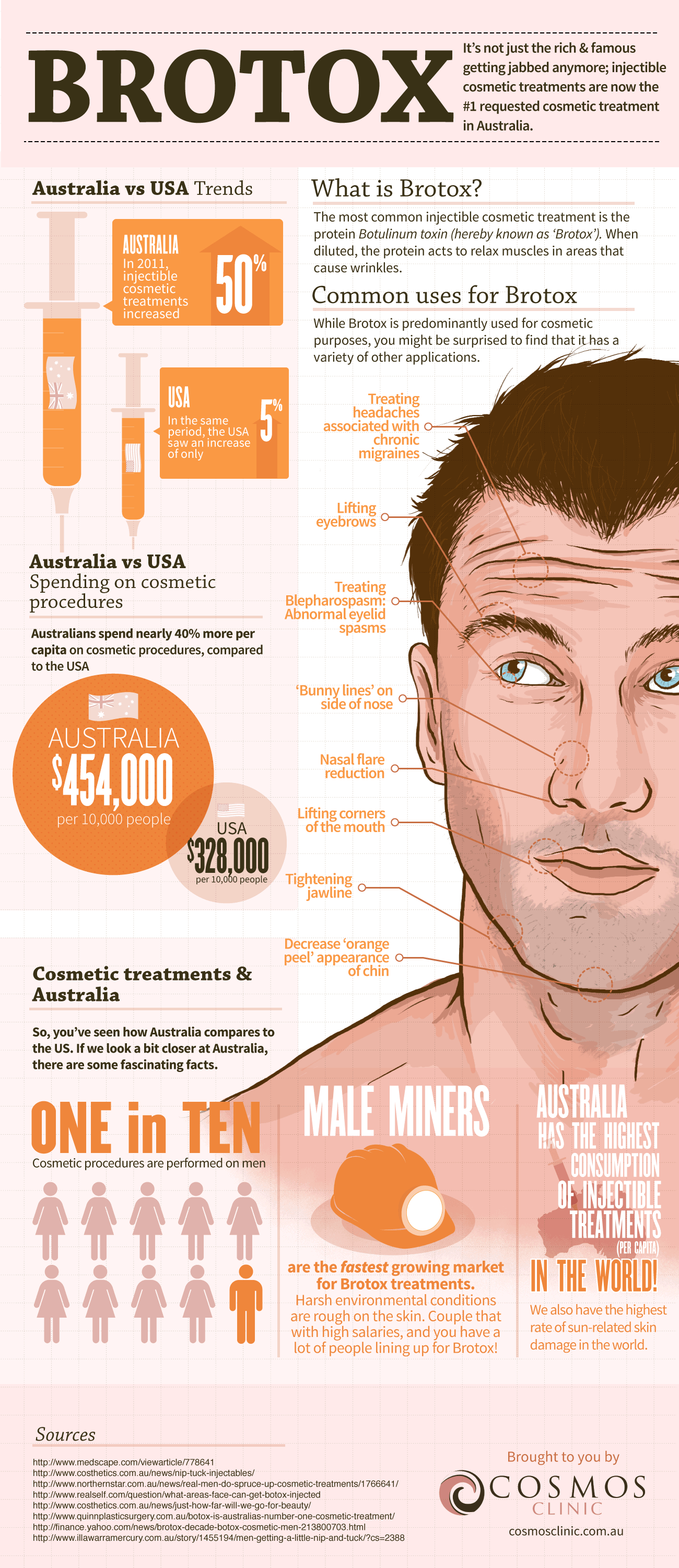Professional Acne Treatments
Professional Acne Treatments
Blog Article
Acne Therapy - What Are AHAs in Acne Therapy?
AHAs are a key ingredient for unclogging pore obstructions and lightening up acne-prone skin. They function by breaking down dead skin cell build-up to promote newer, fresher cells, and protecting against future obstructions.
Creating topical AHAs necessitates precise interest to different crucial variables that considerably affect their efficiency and tolerability. Keeping the optimal pH variety, together with automobile option and concentration, enhances their exfoliative characteristics while alleviating possible damaging reactions.
Glycolic acid
Glycolic acid is known for its moderate yet efficient scrubing buildings, which promote skin's natural shedding and loosen the "glue" that holds dead cells on the surface of the skin. This assists unblock pores and lessen the look of great lines and creases, along with boost total skin texture and tone.
Interestingly, topical glycolic acid has also been shown to stimulate the production of collagen, which is vital in preserving skin's suppleness and flexibility. It is necessary to keep in mind, nonetheless, that due to the fact that glycolic acid can boost the skin's sensitivity to sunshine, it is essential to wear sunscreen when using any products containing this active ingredient.
Skin doctors pay mindful focus to the solution of items having AHAs in order to maximize their efficiency and tolerability. Creating AHAs with the ideal lorry, in addition to pH and focus factors to consider, enables ideal skin penetration while reducing prospective unfavorable reactions. This is particularly crucial for patients with delicate skin, given that AHAs are recognized to be slightly annoying.
Lactic acid
Lactic acid is discovered in numerous over-the-counter skin care items and some more powerful specialist peels and therapies. It has the lowest molecular weight of all the AHAs and has the ability to pass through much deeper into the skin, where it is much more effective at unclogging pores and exfoliating.
Like glycolic acid, it additionally boosts collagen synthesis, which assists decrease fine lines and wrinkles and boost skin appearance. Furthermore, it has moisture-retention residential properties, which makes it more suitable for drier skin types than various other AHAs.
The substantial body of scientific data substantiating the efficiency of topical AHAs sustains their utility in a large range of dermatological afflictions and visual worries. These include intricate skin restoration treatments, attenuation of fine lines and creases, lightening of hyperpigmentation, restorative intervention for actinic keratosis, and acne management [2] Maximizing the formula of AHAs by balancing pH, focus, and automobile selection further boosts their restorative potential. These mindful factors to consider allow dermatologists to supply risk-free and effective therapies that supply exceptional clinical outcomes.
Mandelic acid
Mandelic acid, originated from almonds, is another participant of the AHA household and is a popular active ingredient in products that help deal with acne. Its larger molecular dimension indicates it penetrates the skin extra gradually and gently, which can lower the capacity for irritation. It's additionally less likely to activate redness and various other skin level of sensitivity issues, making it ideal for sensitive skin kinds.
Mandelic Acid is believed to help reduce swelling and boost hydration. It functions by loosening the bonds in between dead skin cells, enabling them to shed and disclose fresher-looking skin. It also helps in reducing the appearance of bigger dysport vs botox pores.
Developing topical products with AHAs calls for an accurate equilibrium of essential factors that substantially impact their effectiveness and tolerability. In particular, the pH of an AHA solution has been revealed to play a vital duty in its capability to advertise exfoliation and boost skin tone and appearance. Achieving this optimum concentration is a difficult goal and needs thorough interest to the numerous elements that influence the formula procedure.
Citric acid
Citric acid, found in citrus fruits such as oranges and lemons, is a light AHA. It's less bothersome than glycolic or lactic acid, making it more suitable for delicate skin. It also has astringent buildings, helping to dry excess oil.
Like other AHAs, citric acid can be made use of in chemical peels and daily active/maintenance treatments to scrub the skin and promote cell turn over. It can help reduce the appearance of dark places and hyperpigmentation, as well as great face lines.
It can also boost the synthesis of glycosaminoglycans, which play an important function in reinforcing the skin barrier function. This aids to avert trans-epidermal water loss, and preserve optimum hydration levels in the skin [35]
AHAs can be integrated with calming active ingredients such as ceramides or hyaluronic acid to improve their tolerability. They can be integrated into everyday active/maintenance skin care through lotion or product formulas. This permits practitioners to customize their AHA therapies based upon client demands and preferences, with the versatility of picking from different therapy strengths or concentrations.